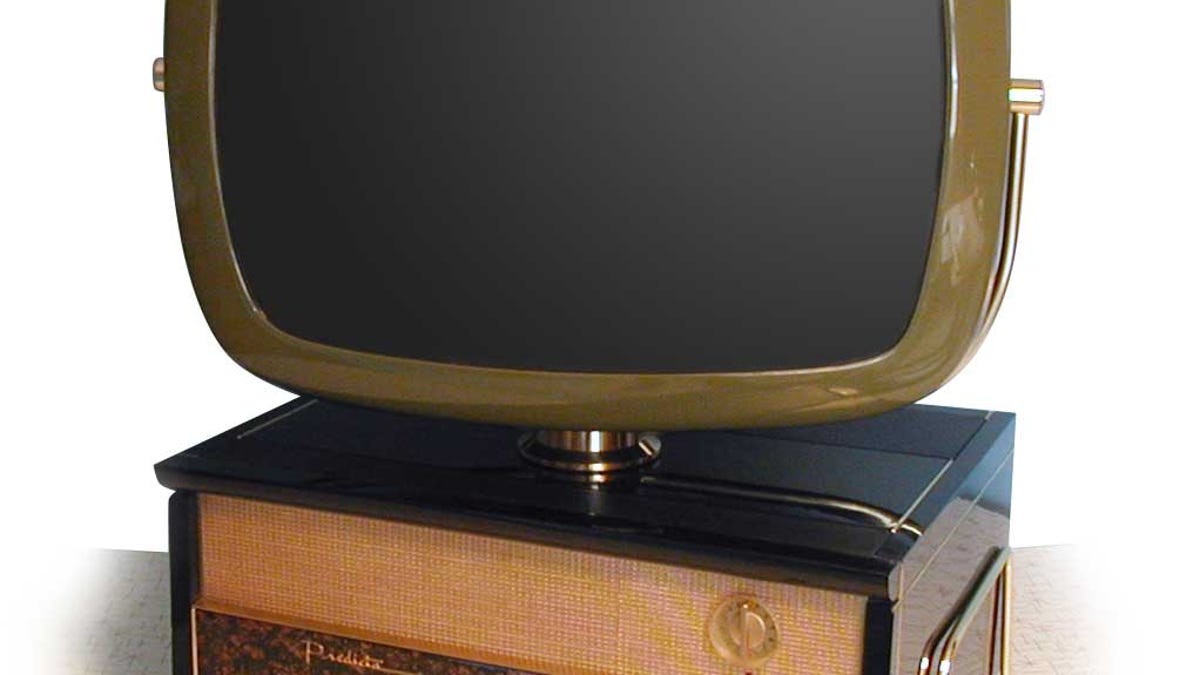March 1: The beginning of the end for analog TV
As of March 1, 2007, all new TV and video products imported into the U.S. or shipped to retailers that include an analog (NTSC) tuner need to have a digital (ATSC) tuner as well. What does that mean to consumers?

Slowly but surely, the February 17, 2009, cutoff date for over-the-air analog TV gets an increasing amount of attention as we get closer to the date (just two years away). But an equally important date is just days away: February 28, 2007. That's the last day that manufacturers can ship or import any product that has only an analog TV tuner. As of March 1, all new TV and video products imported into the U.S. or shipped to retailers that include an analog (NTSC) tuner need to have a digital (ATSC) tuner as well.
The March 1 date is merely one step in an ongoing process. By federal mandate, over-the-air analog TV broadcasts will cease in the U.S. on February 17, 2009. From that day forward, you'll only be able to receive over-the-air TV broadcasts on TVs with digital (ATSC) tuners. To prepare for that inevitability, the FCC has setup a years-long schedule for transitioning the nation from analog to digital TVs. That's one reason why it's become increasingly impossible to buy large-screen analog TVs: Big-screen models were the first to fall under the digital tuner mandate, and it's been applied to smaller and smaller screen sizes as the decade has progressed. March 1 is the final deadline on the product side. At that point, TVs of all screen sizes need to have a digital tuner. Perhaps more importantly, any device with a built-in TV tuner needs to have a digital option as well. That encompasses a huge swath of products--everything from VCRs, DVRs, and DVD recorders to more esoteric PC peripherals such as TV tuner cards.
Of course, there's always a loophole. The FCC rules about the digital TV transition extend only to tuners that can receive over-the-air (OTA) broadcasts--ones you receive via an antenna. That's why the tens of millions of TV viewers who are cable or satellite subscribers should be largely unaffected by the 2009 over-the-air analog cut-off. Manufacturers can bypass the rules by simply omitting an over-the air analog tuner altogether. For instance, HD monitors such as the Panasonic TH-50PH9UK don't include any built-in tuners at all, just plenty of inputs for external video sources--leaving it up to you to connect your own cable or satellite box or even an outboard over-the-air tuner. Likewise, manufacturers may tweak an internal analog tuner to accept only a cable TV signal--rather than one from an antenna--thus skirting the requirements of the rule. The
So how will the deadline affect what you can buy in the store? In the short term, it won't. The March 1 deadline applies to manufacturers, not retailers. Whatever's on the shelf at Circuit City or Best Buy on February 28 will still be there the following day. But once the existing stocks of analog-only products are sold off, they won't be replaced. For TVs, that won't be a big problem. All larger (25 inches and up) HDTVs are already digital-ready, or they're monitor-only and thus exempt. For example, Best Buy already offers a
Perhaps more interesting is how the March 1 deadline will affect other video equipment with TV tuners. At the Consumer Electronics Show 2007, major manufacturers such as Panasonic, Samsung, RCA, and LG were showing off DVD recorders with built-in digital tuners. Fully compliant with the tuner mandate, they're exactly the sort of upgraded products that will be replacing the analog-only DVD recorders from the 2006 model year. Because the digital tuner costs more to implement, entry-level VCR and DVD recorders will likely follow the "monitor model" and go without a tuner, offering only line-in and line-out ports. Once again, if you're attaching them to a satellite or cable box, the lack of a tuner won't be missed.
One final reminder as we enter the home stretch of the digital TV transition: The hundreds of millions of old analog TVs already in use will still work just fine. All existing cable and satellite boxes--even HD ones--can still be connected to old analog TVs. However, viewers who watch over-the-air TV via an antenna will be able to purchase a digital-to-analog conversion box to avoid a loss of TV programming. (The government is even establishing a fund to help subsidize the purchase of such boxes, but details remain vague.) So while there's nothing wrong with upgrading to a nice, big, digital-ready flat-panel TV, there's no need to rush, either.

